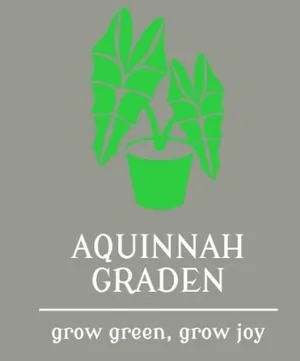
Imperial Thai Delight Variety Bougainvillea Attractive Paper Flower Plant &..More
₹499
₹1,798
72% OffLowest Prices of the Year!
00H:22M:48S
View Available Offers
Final Price inclusive of all taxes

Lowest Prices of the Year!
Extra 50% Off
Sale ends in
00H : 22M : 48S
size
FREE SIZE
Product Information
Brand
Aquinnah
Product Type
Live Flower Plant
Life Cycle
Annual
Hybrid
Yes
Country_of_Origin
India
Product Description
Here's a comprehensive description of the Bougainvillea flower plant, known for its stunning and vibrant display:
🌺 Bougainvillea Plant Description
Scientific Name: Bougainvillea glabra, Bougainvillea spectabilis, and hybrids
Family: Nyctaginaceae
Common Names: Bougainvillea, Paper flower
🌿 General Characteristics
Type: Woody, fast-growing climbing vine or shrub
Growth Habit:
Can grow as a vine, bush, or small tree
Often trained to climb trellises, fences, or walls
Can also be grown in pots or as a bonsai
Height: Up to 20–30 feet (6–9 meters) in the ground, smaller in containers
Stems: Slender, woody, often thorny
🍃 Leaves
Shape: Oval or heart-shaped
Color: Medium to dark green
Texture: Smooth, with a papery or leathery feel
Arrangement: Alternately placed on the stem
🌸 Flowers and Bracts
Actual Flowers: Small, white or yellowish, tubular, and inconspicuous
Bracts (modified leaves): Brightly colored and petal-like — what most people mistake for the flower
Bract Colors: Vibrant shades of magenta, purple, pink, red, orange, white, or yellow
Blooming Season: Mostly spring through fall, especially in warm climates
🌍 Habitat and Distribution
Native to: South America (primarily Brazil, Peru, and Argentina)
Grows best in: Tropical and subtropical climates
Soil preference: Well-drained, slightly acidic to neutral soil
Sunlight: Requires full sun (at least 6 hours/day) for best blooming
Drought Tolerance: Very drought-tolerant once established
🌾 Cultivation and Care
Watering: Moderate; allow soil to dry between watering
Pruning: Regular pruning encourages flowering and shape control
Fertilization: Light feeding during active growth with a balanced or bloom-boosting fertilizer
Propagation: Easily propagated from cuttings
⚠️ Notable Features
Thorns: Sharp thorns can cause skin irritation
Fast Growth: Can become invasive if not pruned regularly
Use in Landscaping: Ideal for hedges, archways, pergolas, and hanging baskets
🌺 Bougainvillea Plant Description
Scientific Name: Bougainvillea glabra, Bougainvillea spectabilis, and hybrids
Family: Nyctaginaceae
Common Names: Bougainvillea, Paper flower
🌿 General Characteristics
Type: Woody, fast-growing climbing vine or shrub
Growth Habit:
Can grow as a vine, bush, or small tree
Often trained to climb trellises, fences, or walls
Can also be grown in pots or as a bonsai
Height: Up to 20–30 feet (6–9 meters) in the ground, smaller in containers
Stems: Slender, woody, often thorny
🍃 Leaves
Shape: Oval or heart-shaped
Color: Medium to dark green
Texture: Smooth, with a papery or leathery feel
Arrangement: Alternately placed on the stem
🌸 Flowers and Bracts
Actual Flowers: Small, white or yellowish, tubular, and inconspicuous
Bracts (modified leaves): Brightly colored and petal-like — what most people mistake for the flower
Bract Colors: Vibrant shades of magenta, purple, pink, red, orange, white, or yellow
Blooming Season: Mostly spring through fall, especially in warm climates
🌍 Habitat and Distribution
Native to: South America (primarily Brazil, Peru, and Argentina)
Grows best in: Tropical and subtropical climates
Soil preference: Well-drained, slightly acidic to neutral soil
Sunlight: Requires full sun (at least 6 hours/day) for best blooming
Drought Tolerance: Very drought-tolerant once established
🌾 Cultivation and Care
Watering: Moderate; allow soil to dry between watering
Pruning: Regular pruning encourages flowering and shape control
Fertilization: Light feeding during active growth with a balanced or bloom-boosting fertilizer
Propagation: Easily propagated from cuttings
⚠️ Notable Features
Thorns: Sharp thorns can cause skin irritation
Fast Growth: Can become invasive if not pruned regularly
Use in Landscaping: Ideal for hedges, archways, pergolas, and hanging baskets
